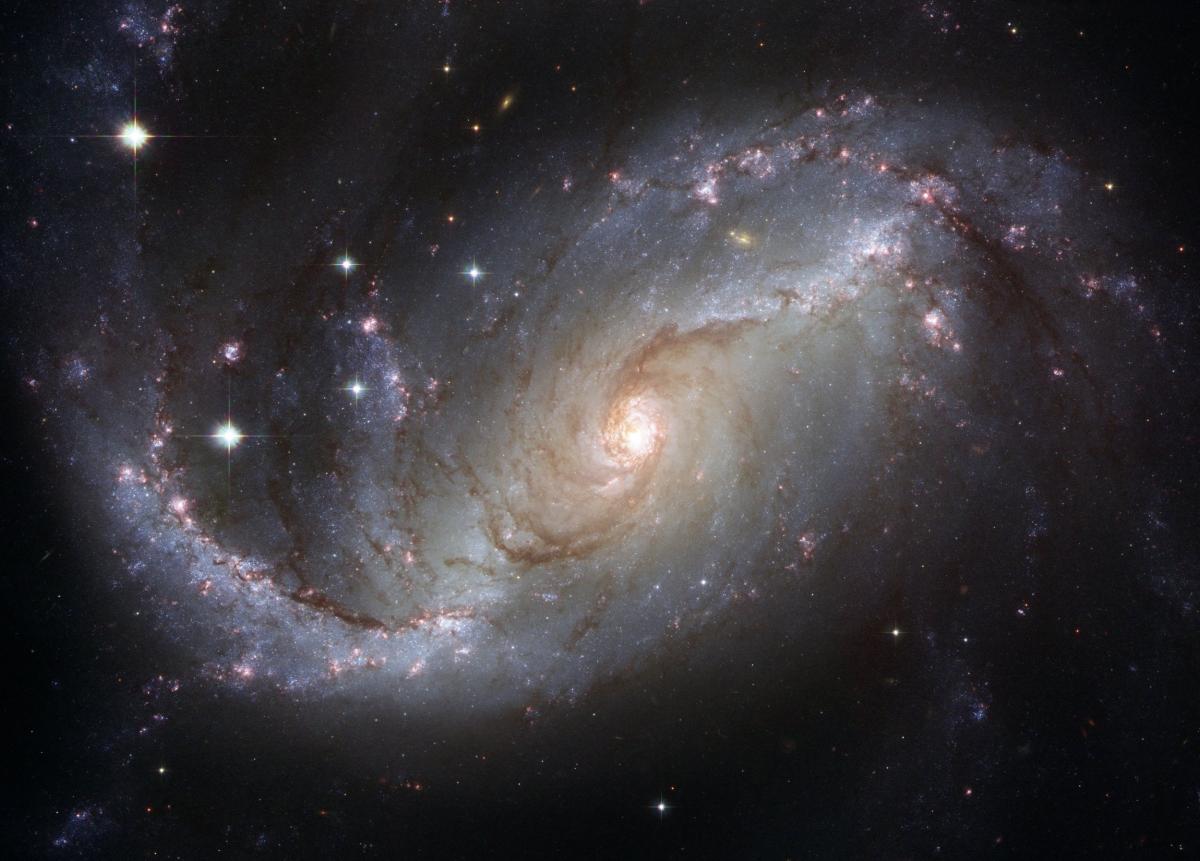
Earth and Moon Scaling Using PIXLR (Lesson 1 of 2)
by LaDawn Click
Students will use PIXLR to compare sizes of the moon and earth to each other and other objects in the solar system.
Lesson Plan Link/URL
https://docs.google.com/presentation/d/1NpMDtmDpEAOkor0U7CvPLWwWZv6peAaR/edit?u…Subject Area
Science Earth and Space Science E2: Earth & the Universe Mathematics Operations and Algebraic Thinking (OA) Number and Operations—Fractions (NF) Ratio and Proportion (RP)
Featured
Off
Related Content

Grades:
6th Grade
Students will explore the phenomenon of length of day that is created by Earth's tilt on its axis in relationship to its orbit around the sun. Students will collect and analyze data about the length

Grades:
9th Grade, 10th Grade, 11th Grade, 12th Grade
This lesson uses a PhET Simulation to allow students to collect data on the orbits of planets around our Sun, then summarize and share their results. It is designed for students in Grades 9-12.

Grades:
9th Grade, 10th Grade
The students construct and interpret an HR Diagram to better understand the significance and usefulness of the diagram.